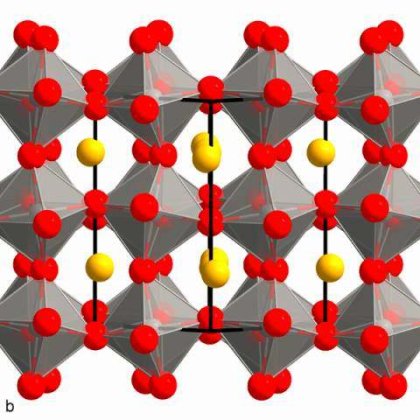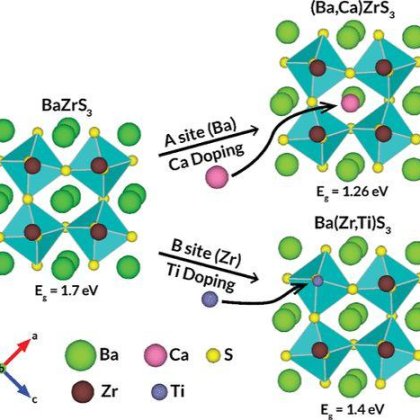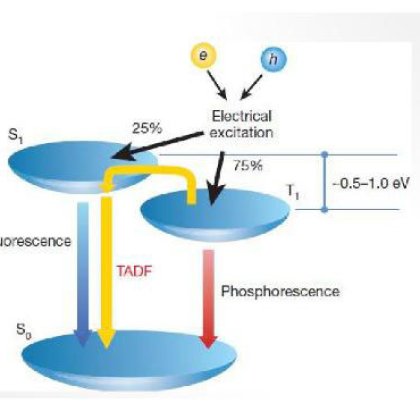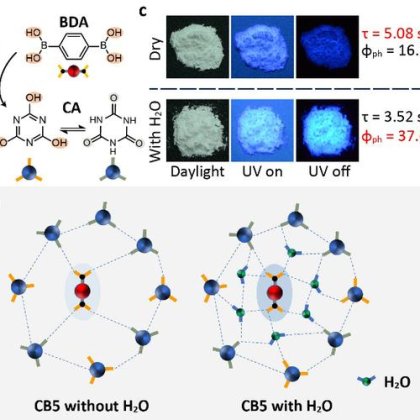| Notes | XRD spectra, user instruction for enquiring |
| Store | 25℃ under N2 atmosphere |
| Packaging | 3 g, or as required in glass bottle |
| Solubility | Soluble in DMF, DMSO et al |
| Appearance | bright yellow solid |
| Purity | 99.9% |
| Linear Formula | HI3Pb |
| Mol. Weight | 588.94 |
| CAS Number | 134879-44-0 |
| Name(EN) | HPbI3 |
| Synonym | HPbI3 |
Managing Multiple Halide-Related Defects for Efficient and Stable Inorganic Perovskite Solar Cells
Wang, Zhiteng; Tian, Qingwen; Zhang, Hao; Xie, Huidong; Du, Yachao; Liu, Lei; Feng, Xiaolong; Najar, Adel; Ren, Xiaodong; Liu, Shengzhong [Angewandte Chemie - International Edition, 2023, vol. 62, # 30, art. no. e202305815][Angew. Chem., 2023, vol. 135, # 30]
Abstract
Halide-related surface defects on inorganic halide perovskite not only induce charge recombination but also severely limit the long-term stability of perovskite solar cells. Herein, adopting density functional theory calculation, we verify that iodine interstitials (Ii) has a low formation energy similar to that of the iodine vacancy (VI) and is also readily formed on the surface of all-inorganic perovskite, and it is regarded to function as an electron trap. We screen a specific 2,6-diaminopyridine (2,6-DAPy) passivator, which, with the aid of the combined effects from halogen-Npyridine and coordination bonds, not only successfully eliminates the Ii and dissociative I2 but also passivates the abundant VI. Furthermore, the two symmetric neighboring -NH2 groups interact with adjacent halides of the octahedral cluster by forming hydrogen bonds, which further promotes the adsorption of 2,6-DAPy molecules onto the perovskite surface. Such synergetic effects can significantly passivate harmful iodine-related defects and undercoordinated Pb, prolong carrier lifetimes and facilitate the interfacial hole transfer. Consequently, these merits enhance the power-conversion efficiency (PCE) from 19.6 % to 21.8 %, the highest value for this type of solar cells, just as importantly, the 2,6-DAPy-treated CsPbI3−xBrx films show better environmental stability.
Photoexcitation dynamics in solution-processed formamidinium lead iodide perovskite thin films for solar cell applications
Fang, Hong-Hua; Wang, Feng; Adjokatse, Sampson; Zhao, Ni; Even, Jacky; Loi, Maria Antonietta [Light: Science and Applications, 2016, vol. 5, art. no. E16056]
Abstract
Formamidinium lead iodide (FAPbI 3) is a newly developed hybrid perovskite that potentially can be used in high-efficiency solution-processed solar cells. Here, the temperature-dependent dynamic optical properties of three types of FAPbI 3 perovskite films (fabricated using three different precursor systems) are comparatively studied. The time-resolved photoluminescence (PL) spectra reveal that FAPbI 3 films made from the new precursor (a mixture of formamidinium iodide and hydrogen lead triiodide) exhibit the longest lifetime of 439 ns at room temperature, suggesting a lower number of defects and lower non-radiative recombination losses compared with FAPbI 3 obtained from the other two precursors. From the temperature-dependent PL spectra, a phase transition in the films is clearly observed. Meanwhile, exciton-binding energies of 8.1 and 18 meV for the high- and low-temperature phases are extracted, respectively. Importantly, the PL spectra for all of the samples show a single peak at room temperature, whereas at liquid-helium temperature the emission features two peaks: one in higher energy displaying a fast decay (0.5 ns) and a second red-shifted peak with a decay of up to several microseconds. These two emissions, separated by ∼18 meV, are attributed to free excitons and bound excitons with singlet and triplet characters, respectively.
| Characteristic 1 | I |
| Characteristic 2 | Pb |













